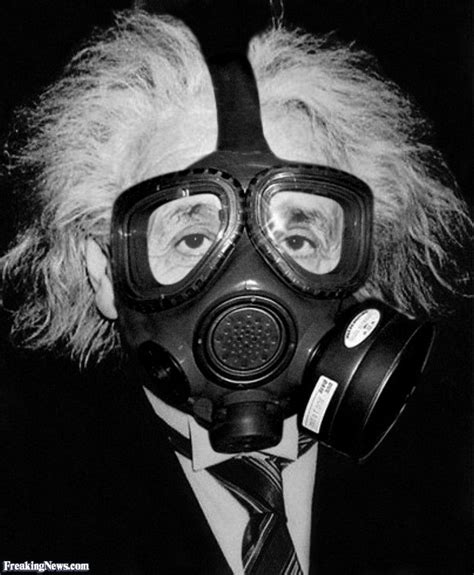In March the U.S. Environmental Protection Agency announced that it was banning ongoing uses of asbestos. People might have thought, Wait—what? Wasn’t it already banned? After all, many remember asbestos—a naturally occurring, fibrous mineral that is resistant to heat and flame but is also toxic and carcinogenic—being removed from schools and hospitals across the U.S. starting in the 1970s. The new EPA decision is welcome, of course, but it highlights the need to figure out a better process for dispensing with deadly products.
Scientific understanding of the harms of asbestos can be traced back to 1898, when British factory inspector Lucy Deane described asbestos manufacturing as one of four dusty occupations worthy of scientific observation because of “their easily demonstrated danger to the health of workers.” In 1927 the term “asbestosis” was adopted to describe a devastating lung disease often seen in asbestos workers, and doctors began to notice that victims of asbestosis often also developed lung cancer.
America was once a leader in occupational health and safety. Now we are laggards. It took 126 years for us to heed Lucy Deane’s warning about the dangers of asbestos. We need a better way to translate science into policy.



The article offers a great summary of the century-long cycle of concern, science, reform, and backlash, that seems to be a pattern across many environmental issues.